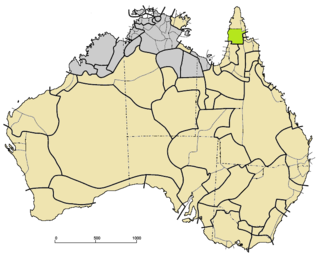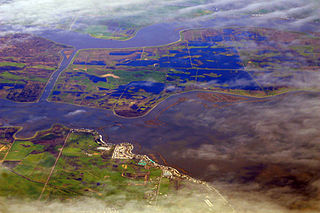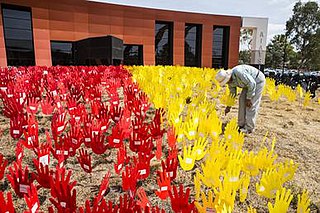This page is based on this
Wikipedia article Text is available under the
CC BY-SA 4.0 license; additional terms may apply.
Images, videos and audio are available under their respective licenses.
The Wik peoples are an Indigenous Australian group of people from an extensive zone on western Cape York Peninsula in northern Queensland, speaking several different languages. They are from the coastal flood plains bounding the Gulf of Carpentaria lying between Pormpuraaw and Weipa, and inland the forested country drained by the Archer, Kendall and Holroyd rivers. The first ethnographic study of the Wik people was undertaken by the Queensland born anthropologist Ursula McConnel. Her fieldwork focused on groups gathered into the Archer River Mission at what is now known as Aurukun.
The Kugu Nganhcara, also Wikngenchera, Wik-Ngandjara (Ngandjara) are an Australian group of peoples living in the middle western part of the Cape York Peninsula, Queensland in Australia. Today they are primarily concentrated at Aurukan and the Edward river settlement.
The Barungguan are an indigenous Australian people of the Cape York Peninsula of Northern Queensland. The name is associated with three languages, Ganganda, Umpithamu and Morrobolam.
The Wikianji were an indigenous Australian tribe of the Cape York Peninsula of northern Queensland.
The Totj were an indigenous Australian people of far northern Queensland.
The Lotiga, also known as the Okara, were an indigenous Australian people of the Cape York Peninsula of North Queensland.
The Nyuwathayi (Njuwathai) were an indigenous Australian people of the Cape York Peninsula of Queensland.
They may have spoken the Yinwum language, based on their location, but there is no data.
The Atjinuri were an indigenous Australian people of the Cape York Peninsula of Queensland.
The Yinwum, also written Jinwum, were an indigenous Australian people of the Cape York Peninsula of Queensland.
The Mbewum were an indigenous Australian people of the Cape York Peninsula of northern Queensland. They were dispossessed and became extinct soon after colonization.
The Wikampama were an indigenous Australian people of Cape York Peninsula in northern Queensland.
The Ngathokudi (Ngadhugudi) were an indigenous Australian people of the state of Queensland. Their language was possibly a dialect of Uradhi.
The Wulpura were an indigenous Australian people of the state of Queensland.
Their language, Kuku Waldja, has been listed as a dialect of Kuku Yalanji, but there does not appear to be any data available.
Yadaneru, also written Jeteneru, refers to a tribe at one time thought to have existed in the Cape York Peninsula of northern Queensland.
The Wiknatanja were an indigenous Australian people, one of the Wik tribes of the Cape York Peninsula of northern Queensland.
The Wikmean were an indigenous Australian people, one of the Wik tribes of the Cape York Peninsula of northern Queensland.
The Wikepa are an indigenous Australian people, one of the Wik tribes of the Cape York Peninsula of northern Queensland.
The Wikatinda were an indigenous Australian people of the Cape York Peninsula of northern Queensland. They were one of the Wik peoples, but their language is unattested.
The Wik Elken (Wik-Kalkan), or Wik-Ngatharr, were an indigenous Australian people, one of the Wik tribes of the Cape York Peninsula of the state of Queensland.
The Yungkurara were an indigenous Australian people of the state of Queensland.







